Rosemary - reproduction and care at home
Rosemary - truly, a miraculous plant. It can be used as a medicinal bactericidal agent and even as a spice, giving dishes a unique taste and aroma. Therefore, many gardeners prefer to have a pot of evergreen rosemary on the windowsill. However, in order for the plant to feel comfortable and to please with its beautiful appearance, it is necessary to know some of the features of caring for it.
Content:
Rosemary Care Tips
How to properly care for rosemary at home:
- Climate. Rosemary loves warmth, so it should be kept at a stable room temperature. However, even small frosts rosemary will be able to endure very worthily. But most of all, strong temperature drops will harm him. Rosemary can be taken outside until freezing temperatures, as the plant is very fond of airing. However, do not overdo it with drafts.
- Lighting... Rosemary does not require special light conditions. A great place for him is a window sill, which is exposed to the direct rays of the sun. If the rosemary lacks sunlight, the stems will become thin and the foliage will begin to fall off.
- Priming. You can buy a special rosemary planting mix at the store, or mix equal amounts of foliage, turf, humus and peat, and sand. The soil should be loose and pass water and oxygen well. The soil should not be highly acidic. It is better to choose containers for planting from natural material - ceramics, clay. It is very important to take care of good drainage.
- Watering... Rosemary should not be poured, as it tolerates dry soil much better than waterlogged soil. With insufficient watering, the foliage of the plant will begin to turn yellow. If the soil is too wet, then root system will start to rot, which will lead to the death of the rosemary. It is also necessary to ensure that no excess water remains in the pan.
- Top dressing. Rosemary needs to be fed during the growing period. It is recommended to fertilize the soil every two weeks using mineralor organic feeding.
Propagation of rosemary
Propagation of rosemary can be done by sowing seeds, or by cuttings. It is somewhat more difficult to propagate a plant by seeds, since they have a low germination rate.
Rules for propagating rosemary seeds:
- Seeds are planted in May or September.
- Before planting, the seeds must be soaked in water for a couple of days.
- The soil is placed in the planting container, which should have the following composition: horse soil, peat, humus and sand (all in equal parts).
- Seeds are poured onto the ground without dropping.
- The planting container is covered with foil to create a greenhouse effect.
- Several holes must be made in the film to allow airing.
- The seeds are moistened by spraying the soil, but it is important not to overflow the soil.
The first shoots usually appear one month after planting. When the sprouts reach ten centimeters in length, they should be transplanted into another separate planting container.
Propagation of rosemary cuttings carried out in the following way:
- Cuttings are carried out at the end of spring.
- To cut the cuttings, you need to choose a stem with bark from ten centimeters in length.
- Before planting, you can disinfect the cuttings by placing them in a glass of water to which activated carbon is added.
- Cuttings get rid of foliage and planted in the ground.
- The composition of the soil should be as follows: leafy earth, moss and sand.
- The soil should be moist, but not excessively.
- The planting container is covered with a film in which several holes are made.
Mini-greenhouses are placed in a bright place, but not in direct sunlight. Typically, cuttings take root within three weeks of planting. From this moment on, they can be transplant seedlings in a separate container.
Fight disease
The main disease that can affect rosemary is powdery mildew... This is a fungal disease that manifests itself as small white spots on the foliage of the plant. As they develop, the spots grow and cover the entire leaf. In the most advanced cases, rosemary is covered with a white bloom entirely.
Powdery mildew is very harmful to rosemary, causing the plant to wilt.
Powdery mildew control methods:
- Spraying rosemary with whey or milk.
- Spraying the plant with a solution with the addition ash.
- Wipe the foliage with a solution using iodine or alcohol.
- Using fungicides.
There are some preventive measures to combat powdery mildew:
- It is necessary to dispose of the affected leaves or plants in a timely manner.
- It is necessary to regularly ventilate, avoiding excessively humid air in the area where the plants are located.
- It is necessary to disinfect the soil for planting, if it is not purchased.
- Allow the soil to dry between waterings and avoid excessive moisture.
Pest control
The most common pests for rosemary are:
- Aphid... Aphids feed on plant sap, and are also carriers of viral diseases. The foliage of the plant is deformed and curled, and sticky discharge may appear. If we talk about prevention, then it is worth carefully examining the acquired new plants. If a pest is found, it is necessary to use insecticides, or some folk methods: infusions of onion and garlic, infusion of hot pepper, infusion of tomato leaves, infusion of celandine or dandelion.
- Spider mite. You can detect the pest by the characteristic cobweb on the plant. Whitish spots on the foliage are also possible, the plant stops growing and begins to fade noticeably. Basic rules in the fight against spider mites: regular washing of the plant in the shower, it is very important to wash off all the cobwebs; spraying the plant with water with the addition of ammonia or hydrogen peroxide. After spraying, the plant should be wrapped with plastic wrap, for greater efficiency of the procedure. The affected parts of the plant should be disposed of.
- Whitefly. The pest can be detected by dark spots on the foliage of the plant, as well as the appearance of a sticky plaque. Whitefly larvae can be seen on the back of the leaf. The affected foliage is deformed and curled, the plant stops growing and withers noticeably. Basic rules of preventive measures against the pest: planting of plants should not be too dense; it is important to provide regular ventilation; prevent excessive waterlogging of the soil and air; The most effective whitefly control methods are: glue traps and fumigators; regularly rinsing the plant in the shower or wiping the foliage; lowering the temperature of the plant content (not higher than 10 degrees); processing the plant with soapy water; spraying with garlic infusion; spraying with tobacco infusion; spraying with dandelion infusion.
Rosemary is not considered a capricious plant, but it is important to know some of the nuances of its cultivation.Thanks to these tips, it will be possible to observe healthy and fragrant rosemary right on the windowsill, which will delight with its evergreen foliage all year round.
More information can be found in the video:




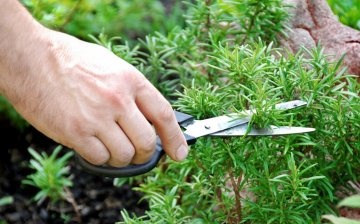

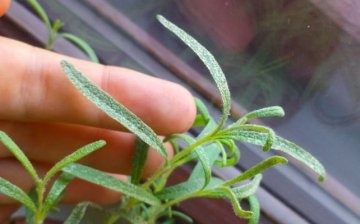






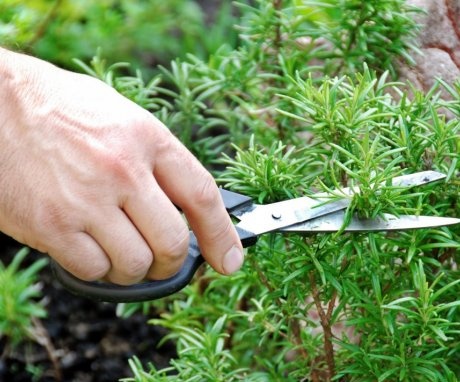

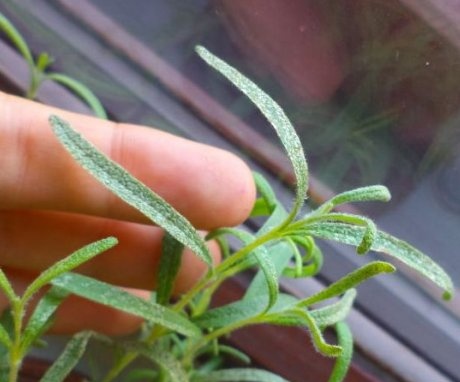
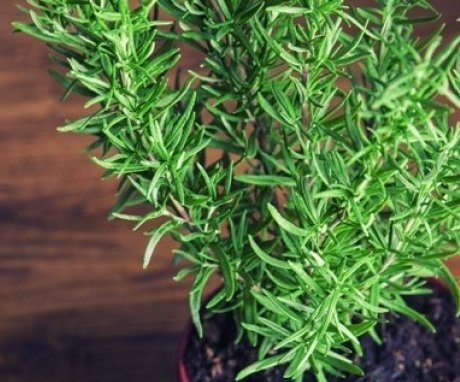
Rosemary was brought from the Black Sea coast, from the amazing Volkhonsky gorge, where we were on an excursion, and it's a pity that we could not save it - it turned yellow and crumbled in winter. But all autumn it was growing magnificently.